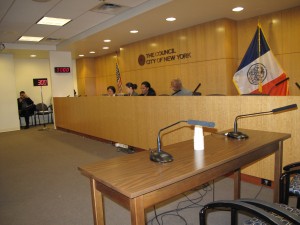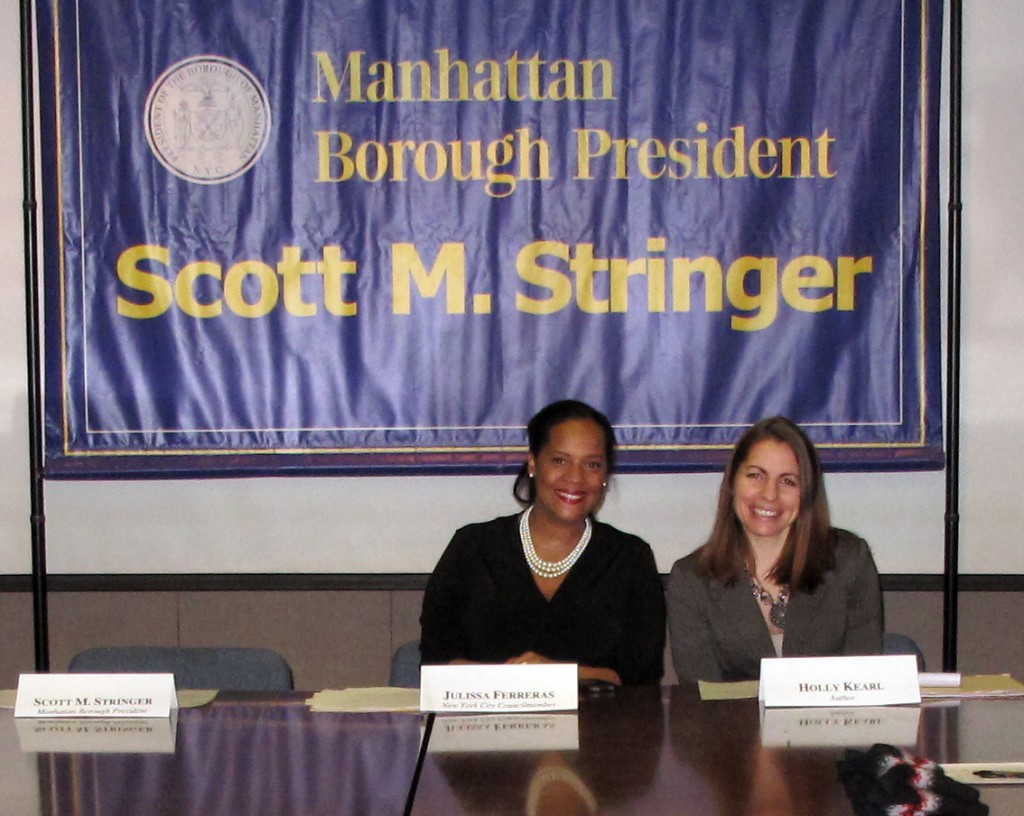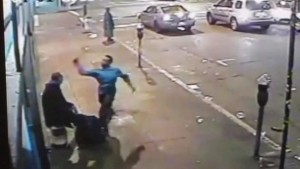I live in Minneapolis and men are consistently saying things to me. I do not have a car so I am always walking and on public transit.
I moved here almost a year ago to save money for a year or so and then move away to London for graduate school. I was hoping to avoid this type of treatment but it seems to be really bad here in various parts of the city, on buses, and the light rail train. I am asked for money (to get my attention), offered rides, just anything to get my attention. Men are trying to get my attention as I walk down the street. Unfortunately it seems to be mostly Black men. I am a Black woman,
I cover myself (no cleavage) and don’t wear heels and makeup from years of being harassed on the street in Chicago where I grew up.
I don’t feel that I can truly wear what I want because of the level of ignorance that I experience here. I do rent a car occasionally and this is heaven to me. There is a car sharing service here that is .41 cents a minute but that gets expensive after a while.
Can’t wait to leave this area.
– Anonymous
Location: Lake Street and other areas in South Minneapolis, MN
Share your street harassment story for the blog.
See the book 50 Stories about Stopping Street Harassers for more idea.



